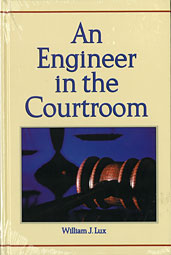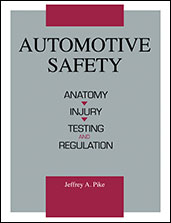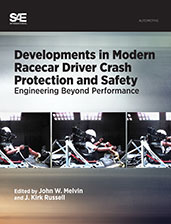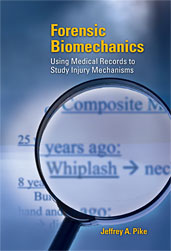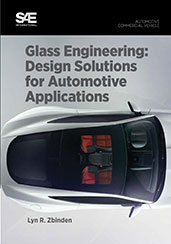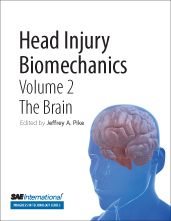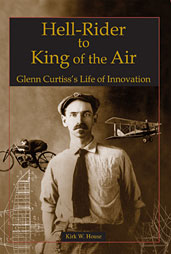Book
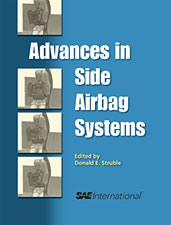
Advances in Side Airbag Systems
2005-01-15
Thanks to years of research and development by vehicle manufacturers, suppliers, legislation, and the entire safety community, the side airbag has become a critical safety device to reduce injury and save lives. This new collection of technical research highlights the progression of these essential safety features, providing a complete and thorough perspective through the analysis of both early patents and recent side airbag system developments. Advances in Side Airbag Systems begins with an introduction by editor Donald E. Struble, chronicling the progress made since the mid-1980s in offering improved side impact protection to the motoring public. Authored by leading experts in their respective fields, this book features a comprehensive collection of 26 landmark technical papers. Its scope includes not only thorax airbags, but other inflatable devices designed for side impacts and rollovers.
